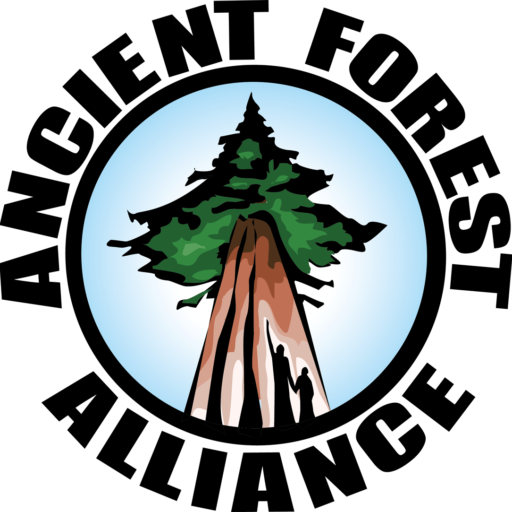Sat. Aug 27: Nature Walk and Fundraiser at GREATER VICTORIA’S FINEST ANCIENT FOREST
Nature Walk and Fundraiser with Victoria Natural History Society president Darren Copley and Royal BC Museum curator and entomologist Claudia Copley, and with the Ancient Forest Alliance’s Ken Wu and TJ Watt through the Spectacular ROYAL ROADS ANCIENT FOREST
